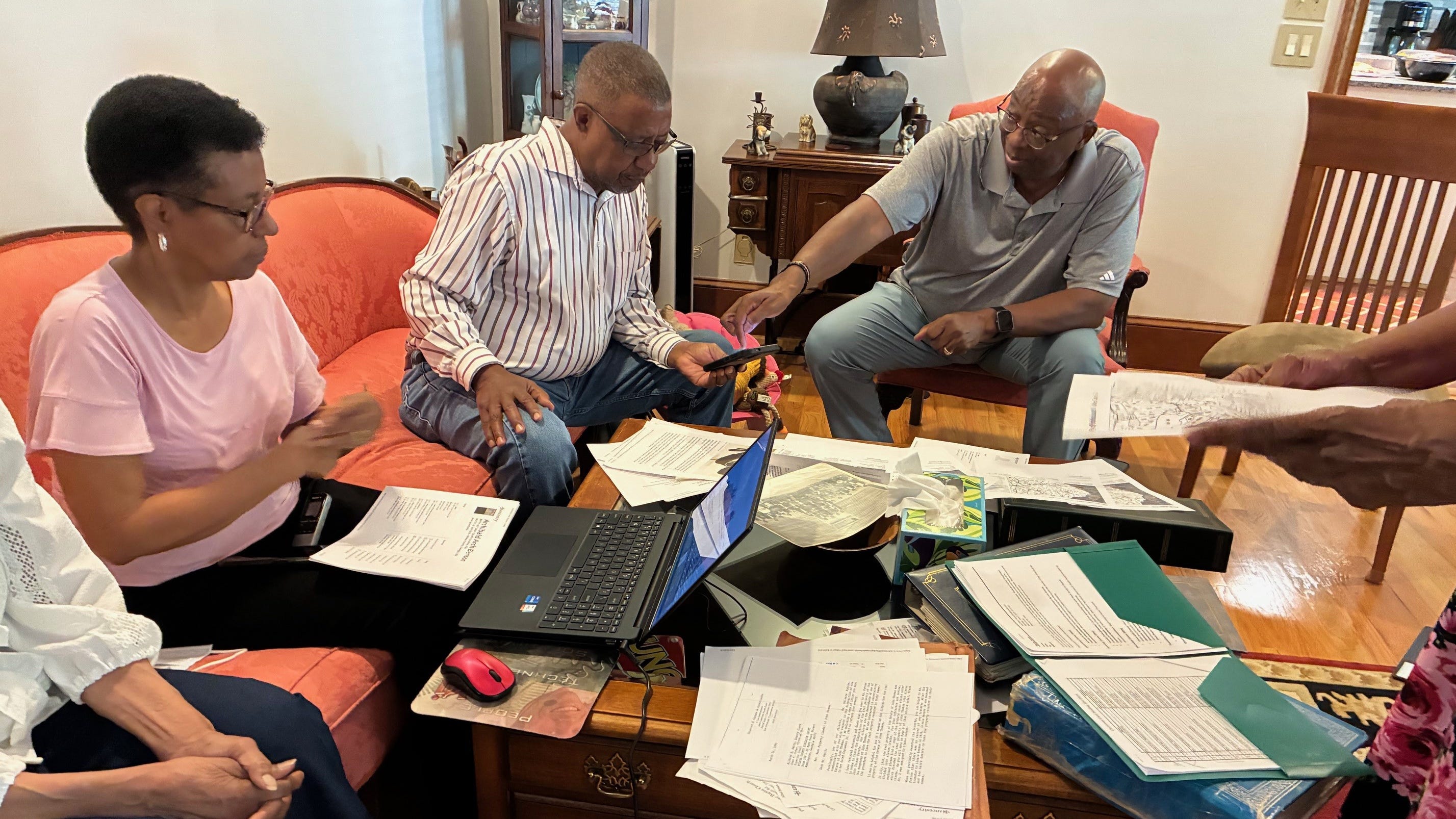T
he Heir's Property is a two-part series that delves into the issue of land passed down through generations, particularly among Black Americans. The story revolves around Saul Blair, who is fighting to retain land purchased by his great-grandfather, John Thomas Jr., after the Civil War. Thomas had bought over 300 acres, but the family's ownership has been threatened due to a lack of clear documentation and systemic injustices.
Blair's struggle highlights the broader issue of heirs' property, which refers to land handed down without official records. This has led to Black Americans losing roughly 80% of their property since the peak of ownership after the Civil War. Today, Black borrowers face significant barriers in accessing mortgage credit, with 27.2% being denied compared to 13.4% of white borrowers.
The consequences of this disparity are stark: Black households hold only 4.7% of all wealth, while white households account for 80%. The median wealth of Black households is $24,520, a tenth of the median wealth of white households at $250,400. This has significant implications for housing and land ownership.
Blair's family has been documenting their history, including memories of working on the land as children and saving money in a coffee can. However, they face challenges in accessing resources to help them navigate the complex process of retaining their property. Blair has reached out to organizations such as the Georgia Heirs' Property Law Center and the University of Georgia School of Law Land Conservation Clinic, but has been met with frustration.
Experts consulted by USA TODAY explain that there is a vast market for unpaid tax obligations, making it difficult for heirs to reclaim their land. The organization that Blair contacted initially seemed unhelpful, and he was passed along to another group without resolution.
Despite the challenges, Blair remains determined to preserve his family's legacy. He sees parallels between his work in healthcare and his mission to reclaim the Thomas land, emphasizing the need for an advocate to navigate complex systems. As he continues his efforts, Blair is aware that time is running out, as younger generations show little interest in carrying on his work.
The story highlights the importance of addressing the issue of heirs' property and providing support to families like Blair's who are fighting to retain their land. It also underscores the need for organizations working to save Black-owned land to navigate increasingly complex funding environments and political considerations.












